"museum" blog posts
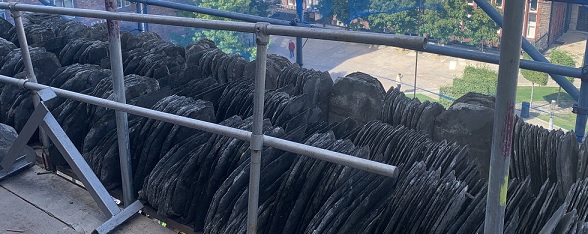
The Slate Above the Tate
You may have noticed that our museum is temporarily closed. In this blog we take a look at the history of the Tate Hall Museum and also the current project to renovate the roof.
Posted on: 3 October 2022
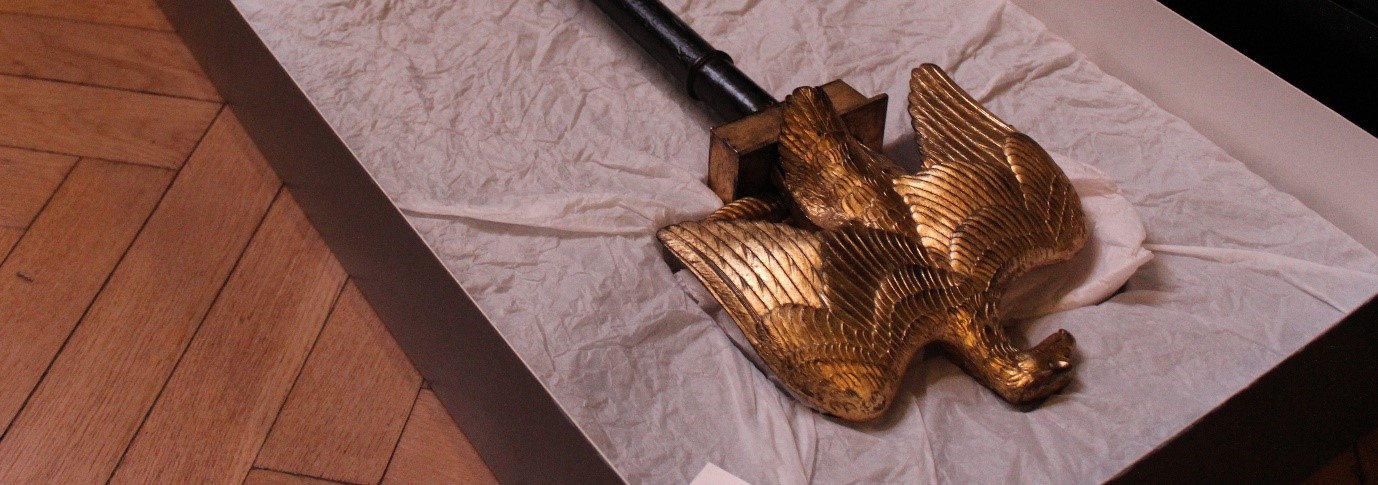
On this day in 1815 - The Battle of Waterloo changed the course of European History.
This picture represents one of the most exciting moments I have ever experienced as a museum curator. In 2015, as part of the National Army Museum’s partnership project in commemoration of the bicentenary of the Battle of Waterloo, we exhibited a selection of artefacts from their Waterloo Collections. I had successfully negotiated the loan of one of only two Napoleonic Eagle Standards captured by the British at that battle (and I confess to having been shamelessly pleased with myself).
Posted on: 18 June 2021
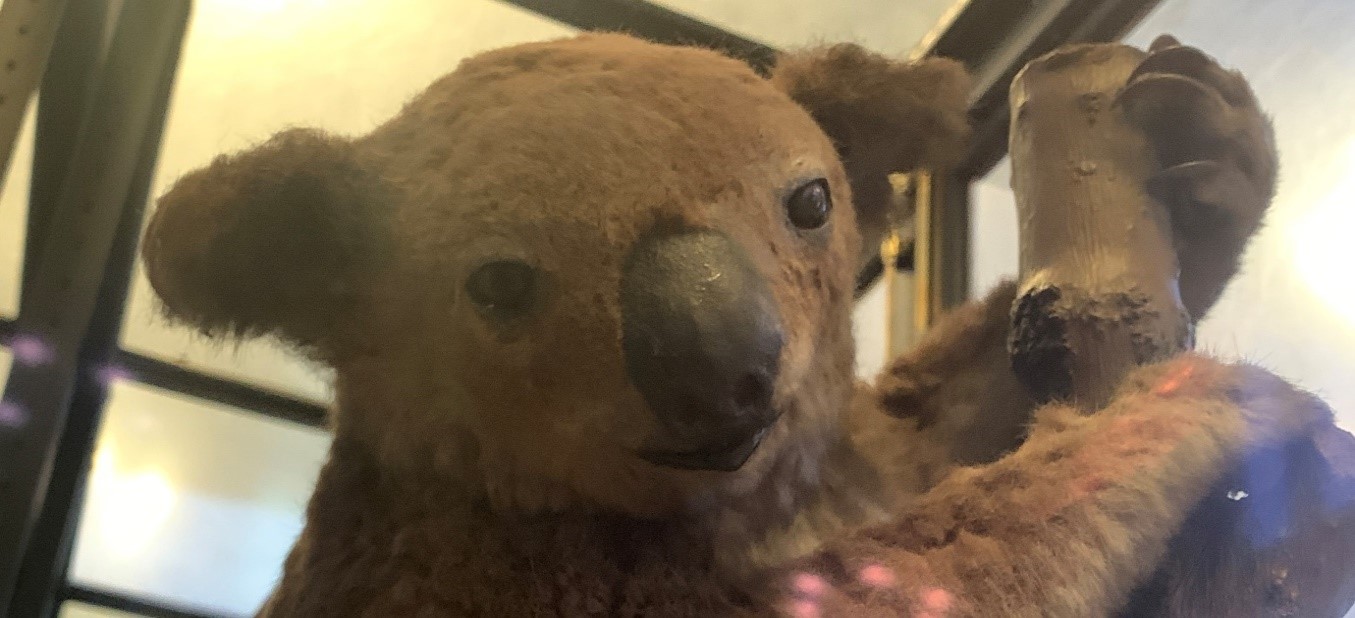
This is Kylie: Our Vintage Koala
As one of the world’s most recognisable and universally loved animals, you might be surprised to discover just how recently koalas were discovered by western science.
Posted on: 14 May 2021
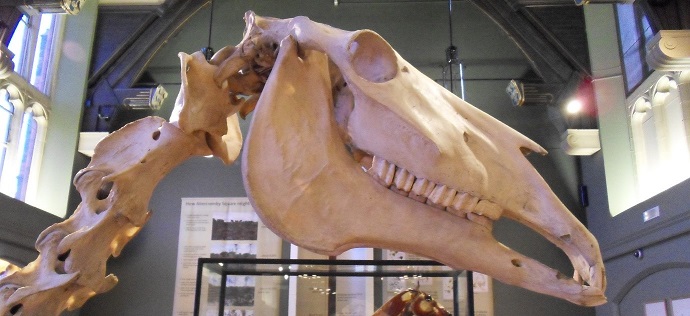
Manifesto: The second-best Grand National horse ever!
The 2.5 mile Manifesto Novices’ Chase at Aintree is named in his honour, but it’s likely you don’t know anything else about him. He’s probably the ‘Buzz Aldrin’ of the racehorse world – everyone only remembers the first man on the moon and they only remember the horse with the very best record at the Grand National. But - Manifesto deserves to be remembered as being in the same league as Red Rum.
Posted on: 9 April 2021
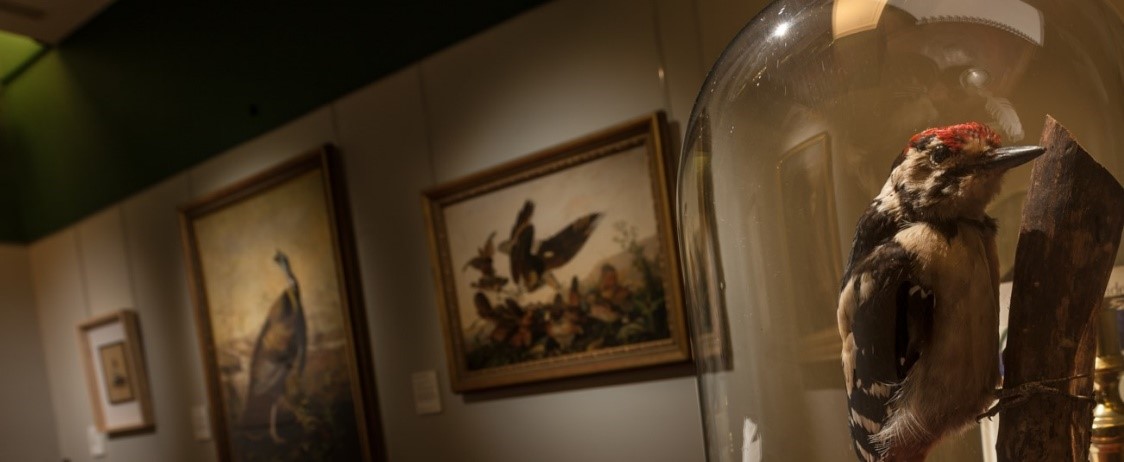
John James Audubon (1785-1851)
The 27th January 2021 will mark the 170th anniversary of the death of the American naturalist and artist John James Audubon, the author/creator of what is now one of the most valuable printed books in the world. Only 120 complete copies are known to have survived, but one of them is on display at Liverpool Central Library. Here at the Victoria Gallery & Museum we are fortunate to be the custodians of the largest group of original artworks by Audubon outside North America. So how did these rare artworks end up in the collection of the University of Liverpool?
Posted on: 29 January 2021
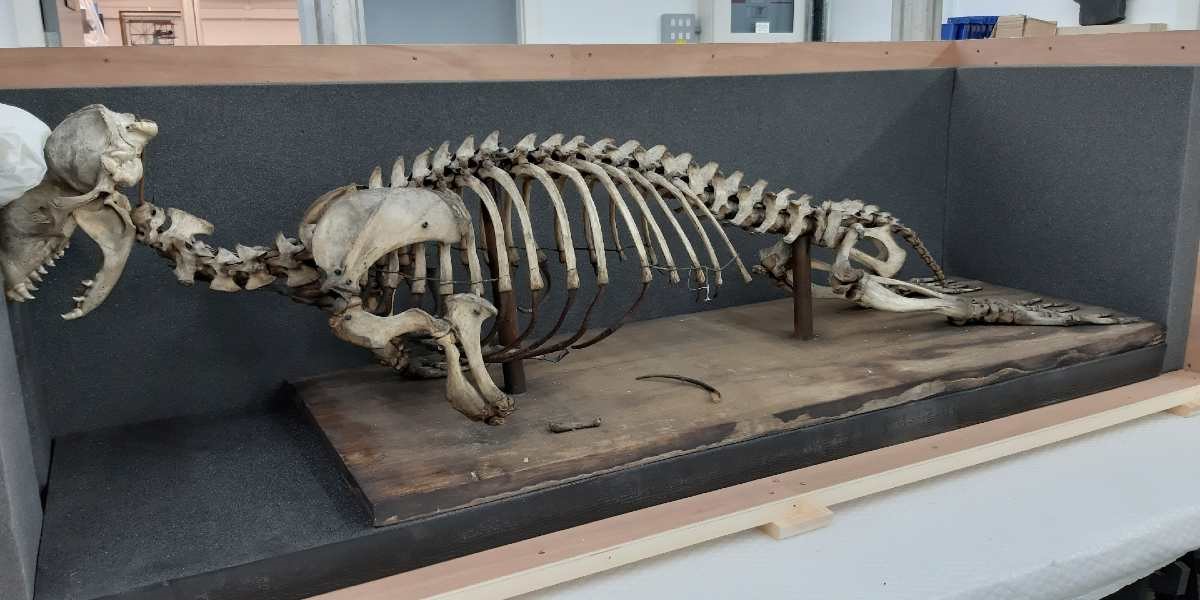
Packing in a Pandemic - Moving the museum store
This time last year, it was with mixed emotion that the curator of the Heritage Collections and I received the news that we would be getting a new Heritage Store. Hooray! - we thought - much improved storage at last, oh but hang on… the thought of moving more than 14,000 objects from our current store to our shiny new store was daunting indeed - and that’s putting it mildly.
Posted on: 11 December 2020
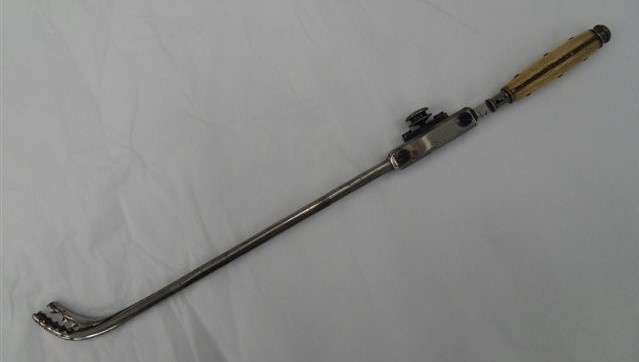
Spare a Thought for Samuel Pepys!
‘What is the purpose of this strange looking instrument?’ I hear you ask. This is a bladder stone crusher from the Medical Museum Collection, part of the University Heritage Collections. Note the ivory handles and the beautifully crafted mechanism.
Posted on: 13 November 2020
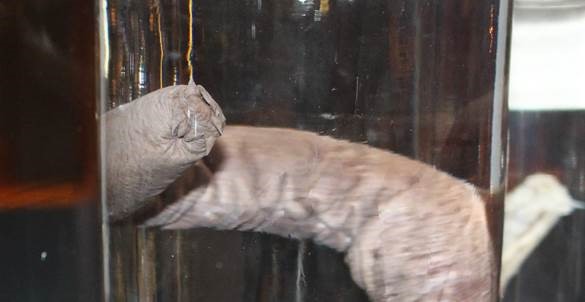
In Celebration of Hagfish Day!
Most people agree that one of the most repulsive specimens in our Nightmares in a Bell Jar display is the hagfish – but this doesn’t mean that hagfish don’t deserve our attention and protection. That is the message behind Hagfish day, which is on the third Wednesday of October – every year.
Posted on: 21 October 2020
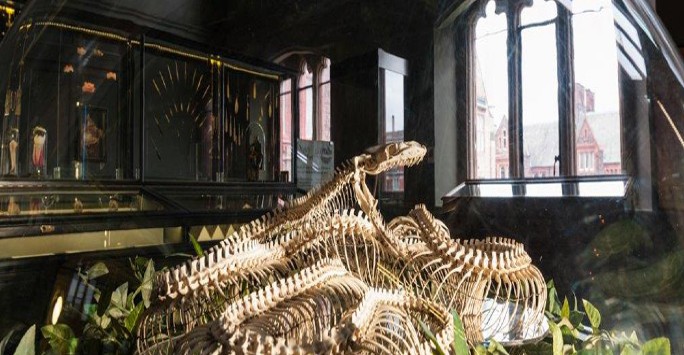
Bone of Contention
As you enter the Tate museum one of the first parts of the natural history collections that greets you is this incredible skeleton of a python. The museum has a large collection of natural history including full skeletons of mammals from gorillas to tiny mammal skulls, taxidermy teaching models and osteology teaching models (real skeletons prepared and articulated and mounted on wood). The python being the most intricate and impressive in my opinion of the teaching models deserves this week’s blog spotlight. You can look at it for a long time and marvel at the amount of bones a python skeleton has, work out how they function and move but what is incredibly striking is the workmanship in creating such a fascinating model, who made it and why?
Posted on: 18 September 2020
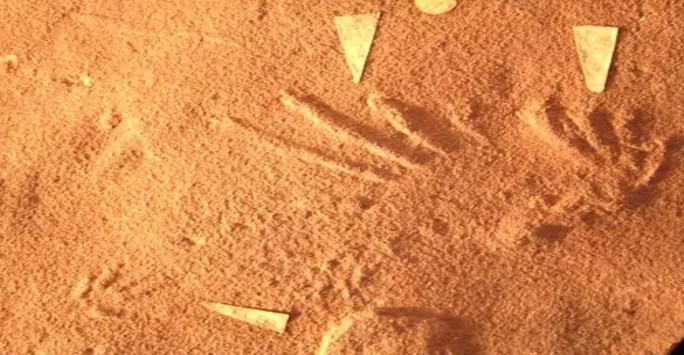
A Fossil For Friday -The Oldest Object in the Collection
We are almost certain that this footprint made by ‘Beasley’s type D2 Rhynchosaurides Rectipes’ which has been dated as over 240,000,000 years old, is the object that most accurately fits this week’s blog description.
Posted on: 27 August 2020
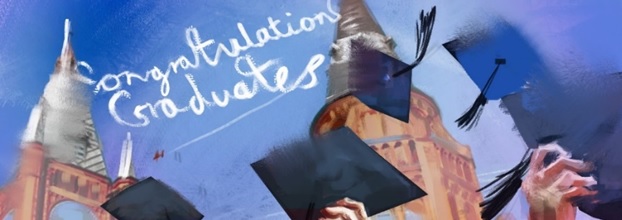
The University Ceremonial Mace
When you think of graduation the first thing that will spring to mind is undoubtedly the hard work you’ve put in over the course of your studies. You may also conjure up images of the raised mortar boards in celebration, the ceremony, speeches and procession and no doubt the nerves prior to stepping up onto the stage willing yourself not to trip! The likelihood of remembering the University mace is probably quite slim.
Posted on: 17 July 2020
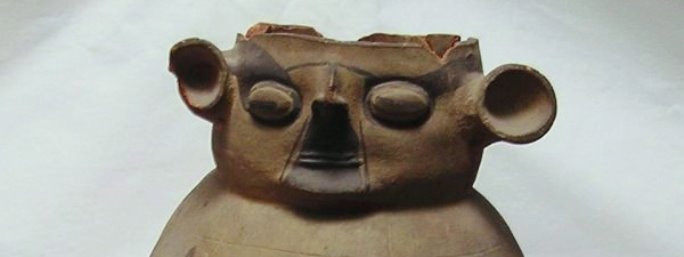
Made You Look
This peculiar looking ceramic has always intrigued me ever since I started working here at the VG&M. At first glance I thought it was a ceramic by world famous artist Pablo Picasso whose ceramics were often influenced by Latin American and pre-Columbian forms but on closer inspection it was not.
Posted on: 10 July 2020
.jpg,Use.jpg)
Time and Tide
This week the object in focus is our small but important collection of Scrimshaw. Scrimshaw is the name given to a handmade craft created by sea faring men, usually whalers who carved and etched the teeth and bones of whales and other marine mammals. They are often very beautiful. The craft came out of the mariners having a lot of time on their hands while out at sea. Particularly whalers, waiting for a catch. It is thought the word “Scrimshaw” is derived from a mix of Scandinavian, Dutch and English slang for 'wasting time' or 'state of idleness'. Whaling voyages could last 3, 4 and sometimes 5 years and there would be long periods of time with nothing to do and so “scrimshandering” became a popular pastime which kept men occupied and out of trouble. Scrimshaw was most popular in the early 1800s when the whaling industry was at its peak; by the late 1800s this art form had almost died away.
Posted on: 19 June 2020
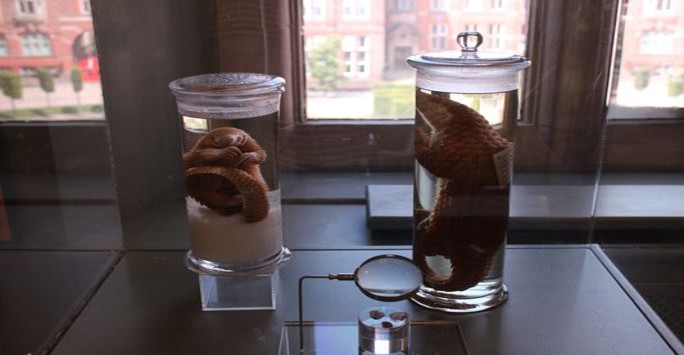
Pangolin The Worlds Most Illegally Trafficked Mammal
When you visit the Tate Hall museum you will see many jars with amazing creatures suspended within. Look closer and you will see something rather special. These two historical Pangolin specimens from the late 19th century University Zoology Departmental museum. Today is World Environment Day, this year’s theme is “to celebrate biodiversity”. There are nearly 1 million species on our planet facing extinction, one of which is the seriously endangered pangolin who is essential to the biodiversity of our planet.
Posted on: 5 June 2020
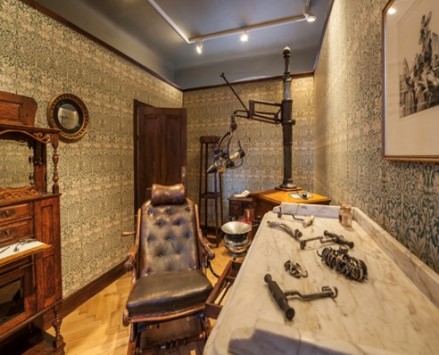
Electricity is a fine servant, but a very bad master
Part of my job is to look after the displays, and this includes routine object checking and cleaning of the heritage collections. This can lead to some interesting finds, as you see an object close up when you check and clean it. Here at the VG&M we look after one of the earliest and most important Dentistry collections in the world, which was originally set up by the staff and students of the Dental School in 1880. In the VGM the Curator of Heritage has used a selection from the collection to recreate a dental surgery - as it would have looked if established in the 19th Century. Furnished with plenty of bone chilling implements to set your teeth on edge, it includes an early example of an X-Ray machine - which the dentist would have purchased as soon as they became available (in the early 20th Century).
Posted on: 22 May 2020
.jpg)
Caravan of Love
Today it will be 75 years since the guns fell silent at the end of the second world war in Europe. Years of carnage and destruction had come to an end and millions of people took to the streets and pubs to celebrate peace, mourn their loved ones and hope for a better future. Three months after the war had ended in Europe, just over 37,500 British Far East Prisoners of War (FEPOW) were liberated from camps and made the long-awaited journey home. One of these men was British Army Captain Reginald Newman from Powys Wales.
Posted on: 8 May 2020
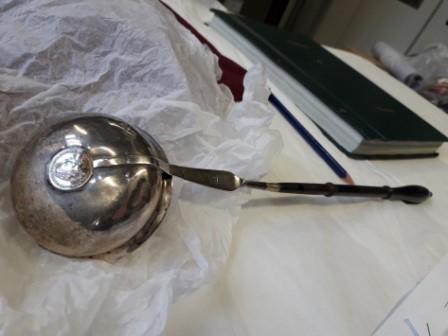
A Ladles Tale
Amanda Draper, Curator of Art & Exhibitions writes … As a piece of kitchen equipment ladles are usually pretty dull, but for the Georgians they could be thing of beauty and fascination. Rather like my old soup ladle at home, this delicate silver utensil was lying near the back of a store cupboard and I came across it while I was looking for something else, as you do. It is one of the joys of museum life that we are able to take sometimes overlooked items and make them shine again.
Posted on: 1 May 2020
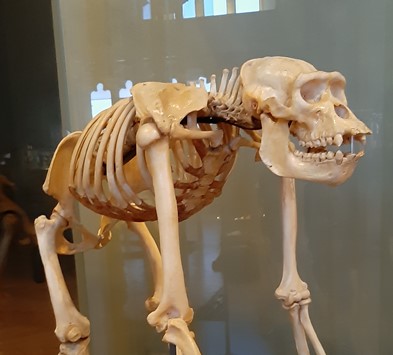
There's a Gorilla in the Museum!
At the beginning of the 20th Century, the University of Liverpool had more than 10 departmental teaching museums. The Medical, Comparative Anatomy and Zoology departmental museums contained collections ranging from skulls, skeletal teaching models, wax teaching models, specimens, taxidermy and wet collections. These collections continued to grow until as late as the 1970s, and skeletons are still in use today for teaching in departments such as Biological, Evolutionary and Veterinary Sciences.
Posted on: 29 April 2020